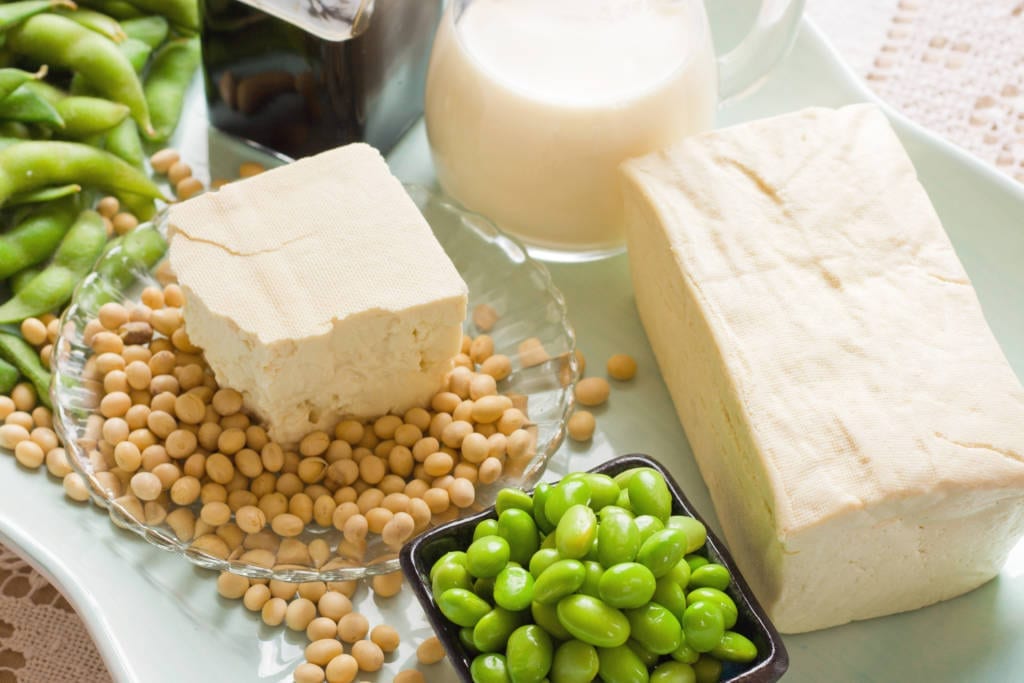This month, the U.S. soy industry celebrates both National Soyfoods Month and Earth Day. The two go hand-in-hand. The theme of Earth Day 2021 is “Restore Our Earth” – and soyfoods are a sustainable, high-quality protein choice. U.S. soybean farmers’ conservation practices help protect the earth’s environmental resources, including enriching the soil with nitrogen by growing soybeans. This month, I want to highlight some of USSEC’s work to further the global knowledge and reputation of soyfoods.
Demand for U.S. Soyfoods Continues to Soar
While soyfoods are growing in popularity globally, Asia is a particularly hot market.
In Japan, U.S. Soy’s boots on the ground are helping to further grow that country’s soyfoods markets through our work with the Japan Natto Association, Soymilk Association, trade teams, and more. A recent report from the U.S. Department of Agriculture’s Global Agricultural Information Network highlighted some of USSEC’s soyfoods activities in Japan.
- Natto: the GAIN report showed that the U.S. has a two-thirds market share of Japan’s natto market, making up more than 90% of imported natto soybeans. USSEC has partnered with the Japan Natto Association since 2003 to grow markets and demand for this U.S. produced soyfood.
- Soymilk: the GAIN report shows that soymilk is experiencing a 10% annual growth reaching approximately 70 thousand metric tons (TMT) of utilized soybeans. USSEC is working with the soymilk association to drive preference for U.S. soy, as well as developing the U.S. Specialty Soy Database, which will help Japanese buyers to source high quality soymilk beans that meet the needs of their customers.
And in Korea, USSEC will be hosting its annual Korea Food Bean Buyers Conference later this month. During this virtual conference, attendees will be updated on the market outlook for non-GM food soybeans and the new Specialty U.S. Soy Database, as well as the application high oleic soyfood varieties.
Specialty U.S. Soy Database
Finally, I am excited to share a preview of the Specialty U.S. Soy Database, which has come together over the last year, with feedback and guidance provided by international buyers, and domestic stakeholders, including exporters, researchers, the Specialty Soya and Grains Alliance (SSGA), grower leaders, and state soybean associations. This first year, the database is expected to have information on more than 120 different varieties of specialty soy with qualitative information pertaining to protein, oil, isoflavones, color, size, amino acid, and many more metrics. Because suppliers and their soybean products will be listed on the database, this will conveniently allow buyers to directly reach out to companies to contract beans. USSEC will work closely with U.S. exporters and seed technology companies to obtain additional samples for the 2021 crop; this will provide international buyers and stakeholders with an up-to-date picture of U.S. specialty soy quality and available varieties.
